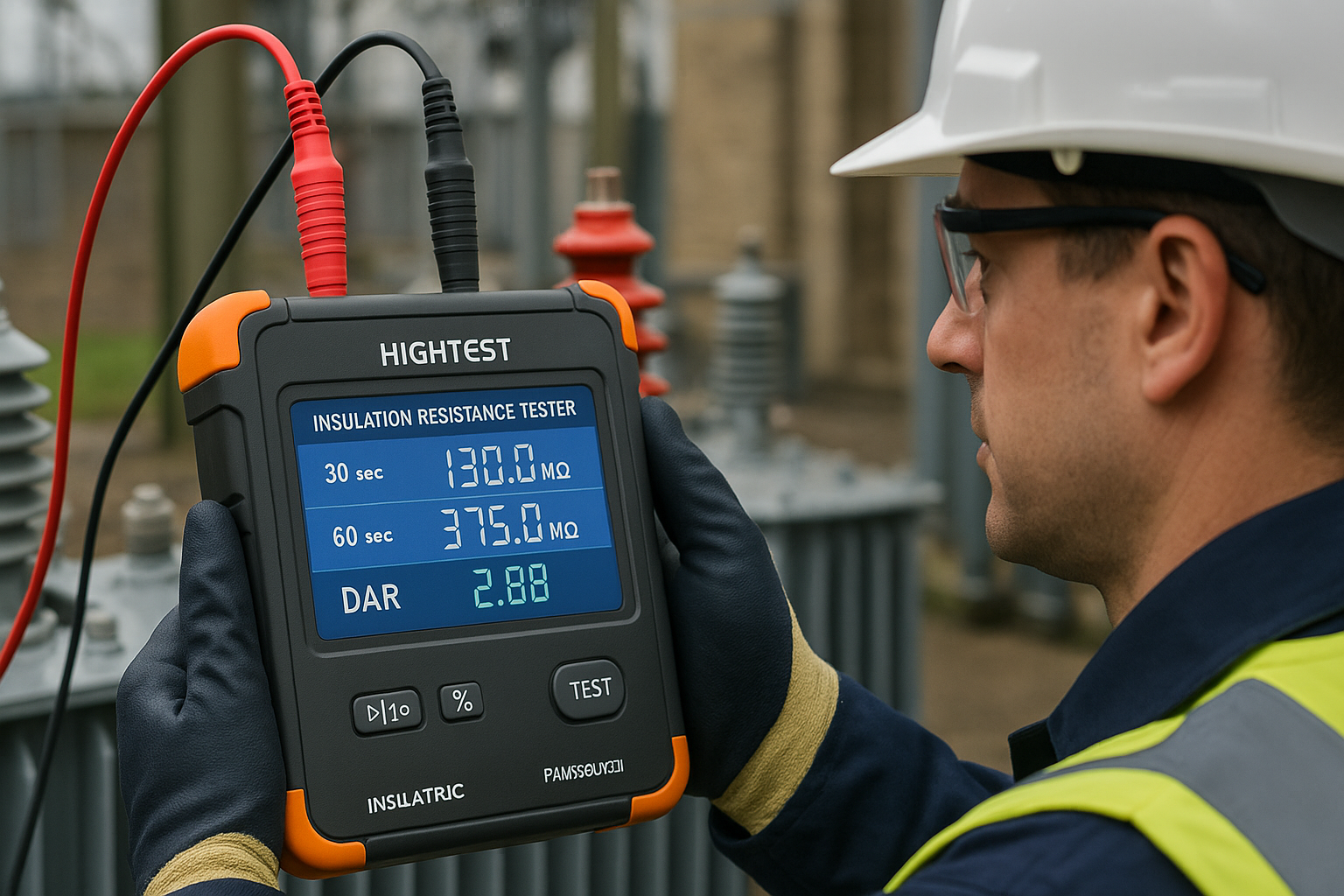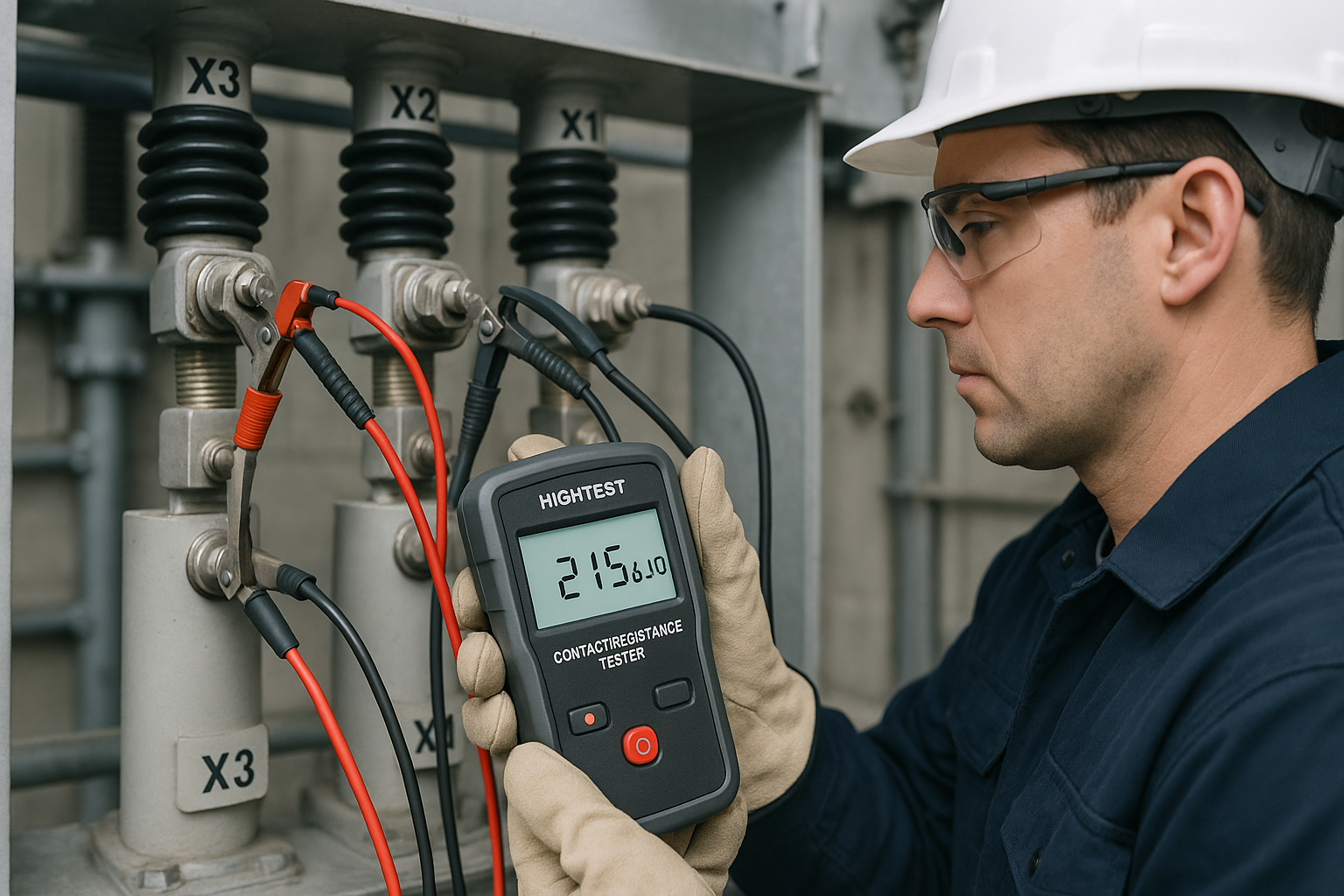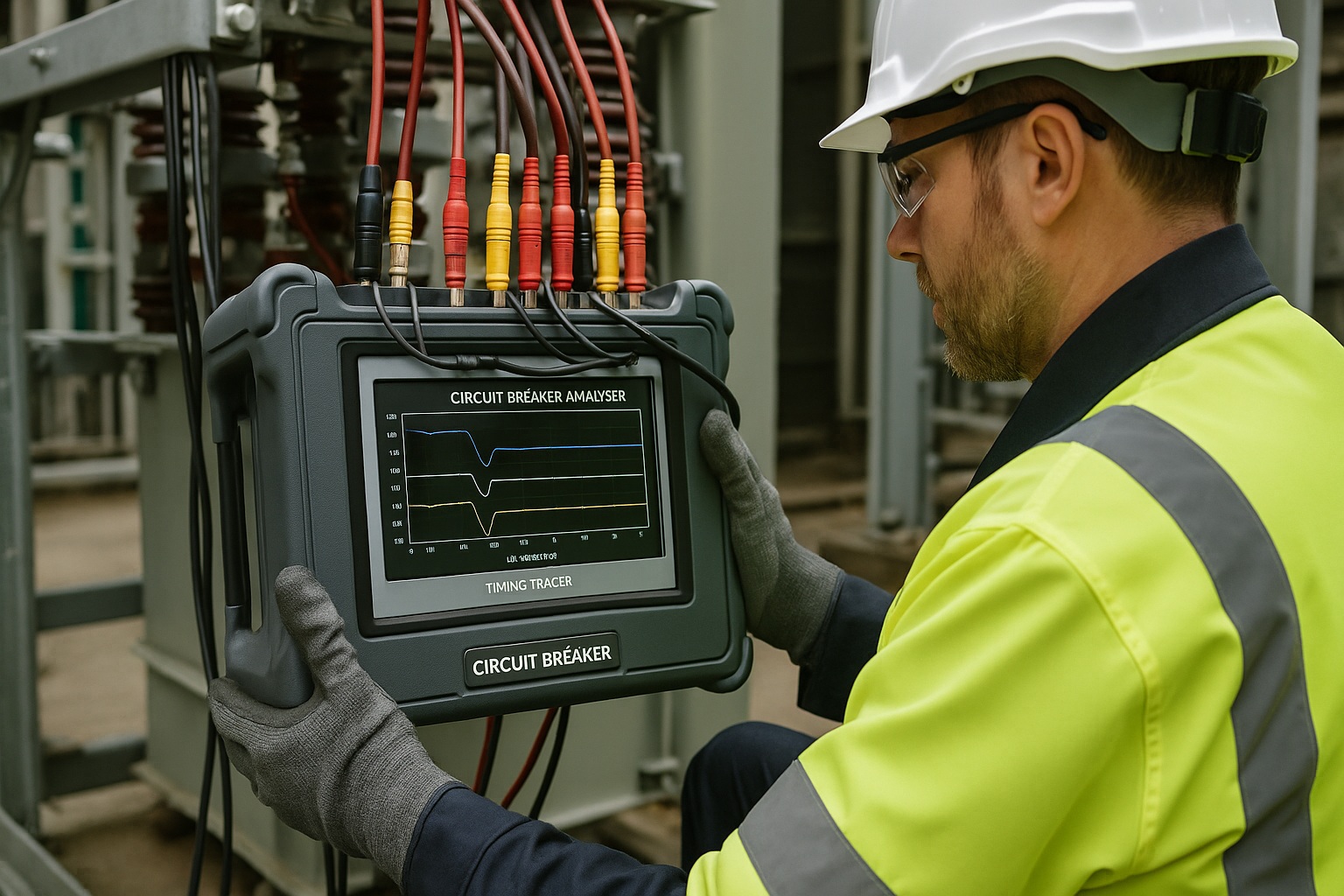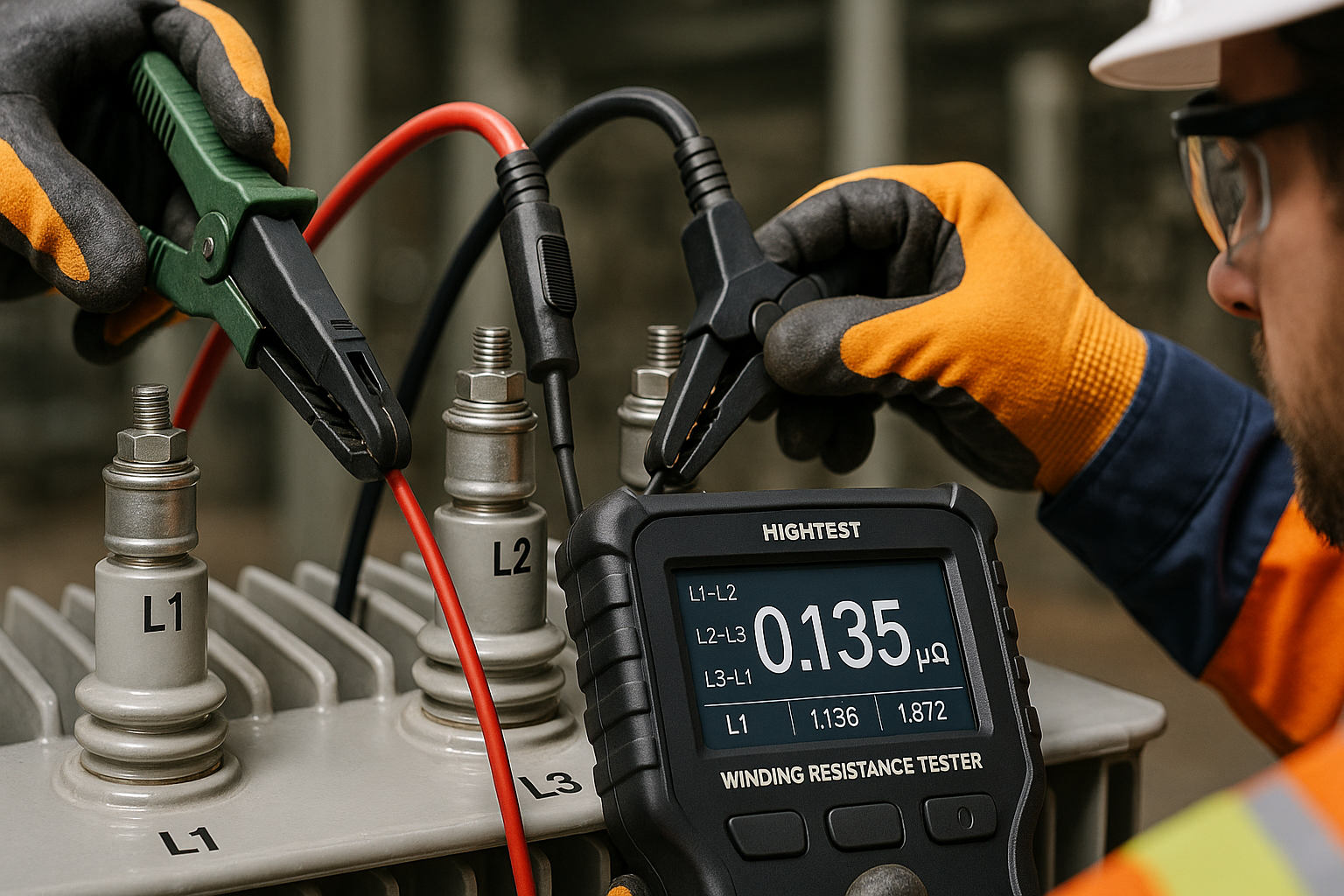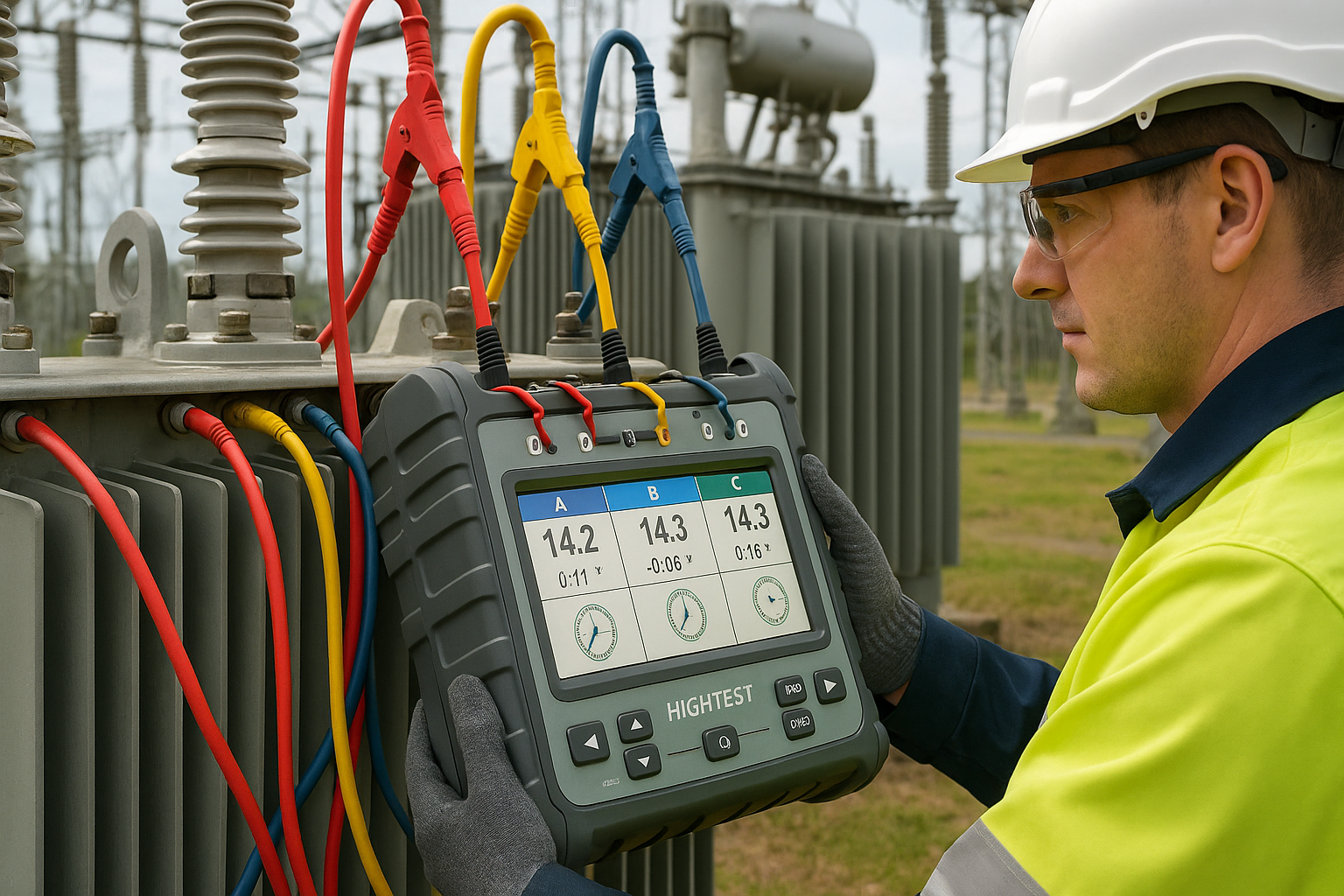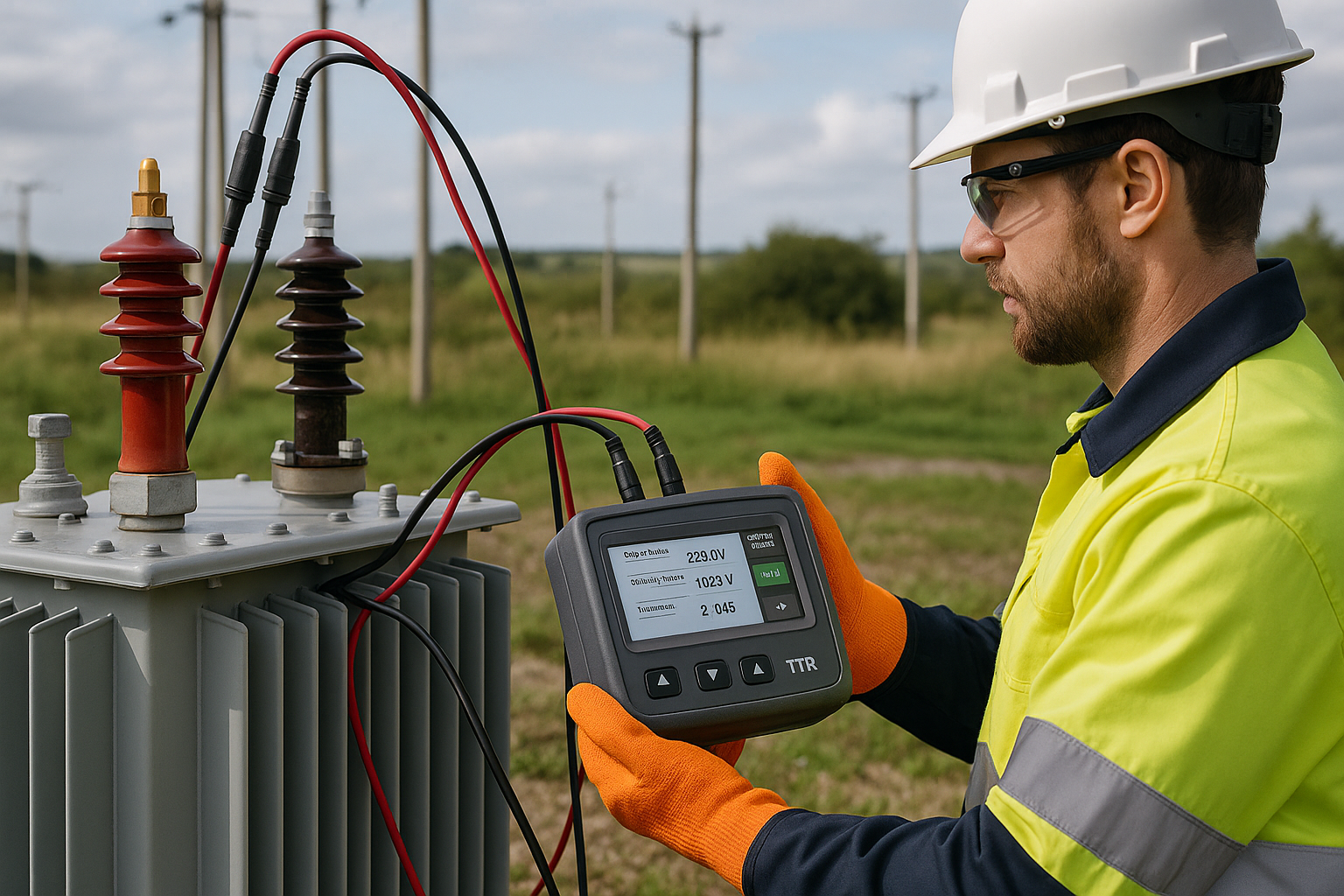Your insulation resistance value is good, but is the insulation itself? The Dielectric Absorption Ratio (DAR) test helps you determine if insulation is contaminated, even with high megohm readings.
The insulation resistance (IR) or “Megger” test is one of the most fundamental checks in electrical maintenance. It provides a valuable megohm value that indicates the quality of the insulation between windings and ground. However, a single reading taken after 60 seconds can sometimes be misleading. Good, clean, and dry insulation behaves differently under a sustained DC voltage compared to insulation that is contaminated or wet.
This is where the Dielectric Absorption Ratio (DAR) test becomes a critical secondary diagnostic. It provides deeper insight into the quality of the insulation, not just its resistance value.
What is Dielectric Absorption?
When a DC voltage is applied to an insulator, three different currents flow:
- Capacitive Charging Current: A high initial current that charges the capacitance of the insulation. It drops to nearly zero within seconds.
- Leakage Current: A small, stable current that flows over the surface and through the body of the insulation. In good insulation, this current is very low.
- Dielectric Absorption Current: A current drawn by the insulation material itself as its molecules polarize under the electric field. This current starts high and decreases as the molecules align.
In good, dry insulation, this polarization process is slow and pronounced. The absorption current will be significant and will decay over several minutes. In wet or contaminated insulation, the high leakage current dominates, masking the absorption effect.
How the DAR Test Works
The DAR test leverages this phenomenon. It’s a simple extension of the standard IR test:
- A DC voltage is applied continuously for 10 minutes.
- An insulation resistance reading is recorded at the 60-second mark.
- A second reading is recorded at the 10-minute mark.
- The DAR is the ratio of the two: DAR = 10-minute Reading / 60-second Reading.
Interpreting the DAR Value
Because the absorption current in good insulation causes the total measured current to decrease over time, the calculated resistance value will increase. Therefore, the 10-minute resistance reading should be significantly higher than the 60-second reading.
Here are the industry-accepted guidelines (IEEE Std 43-2000) for interpreting the results:
| DAR Value | Insulation Condition |
| Less than 1.0 | Bad |
| 1.0 to 1.25 | Questionable |
| 1.25 to 1.6 | Good |
| Above 1.6 | Excellent |
A high DAR value (e.g., > 1.6) is a strong indicator of clean, dry, and healthy insulation. A low value (e.g., < 1.25), even if the 60-second megohm reading seems acceptable, is a warning sign. It suggests that high leakage currents (due to moisture, carbon tracking, or other contaminants) are present and are masking the dielectric absorption effect.
Conclusion
Don’t rely on a single 60-second megohm reading alone. The DAR test provides a more reliable and nuanced view of your insulation’s true condition. By simply extending your standard insulation resistance test to 10 minutes, you can differentiate between insulation that is truly healthy and insulation that may be hiding moisture or contamination problems. It is a simple, powerful step toward a more predictive and accurate maintenance regimen.


